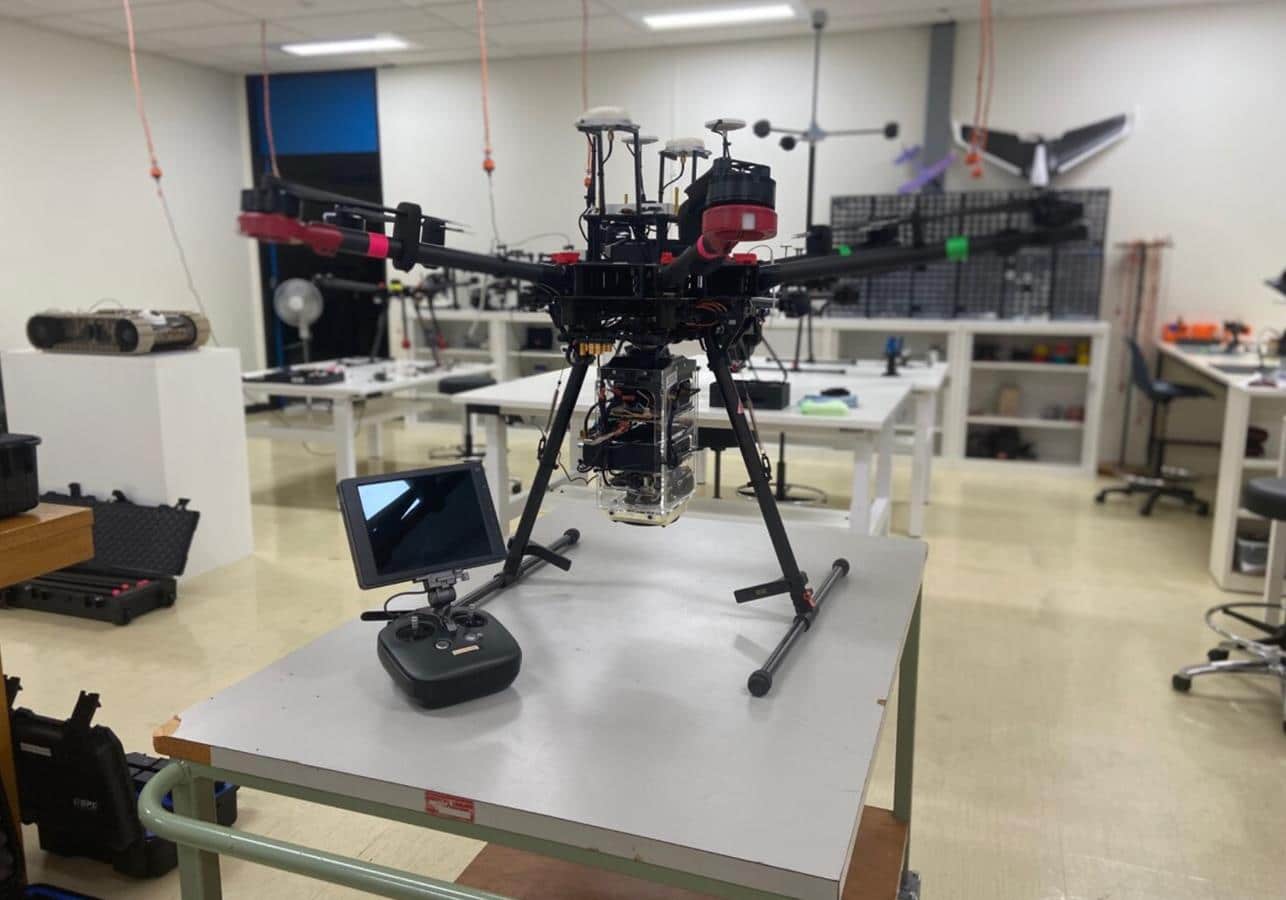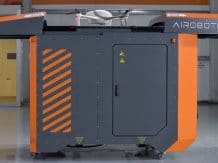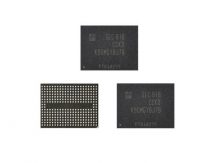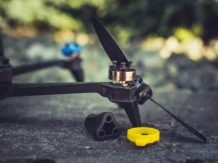Detecting a small drone that flies several dozen meters from us is not easy, and doing it from hundreds of meters is almost a miracle. Therefore, due to the potential threat from drones, scientists decided to try to improve their detection systems at long distances.
In nature, there is a family of insects called hoverflies, whose individual species have highly developed photoreceptors to see their targets in low light. As with nature, scientists like to take full handfuls of the work of a billion years of evolution, and this time they did it again. Thanks to this, we got to know the answer to the question of how swirl photoreceptors increased the effectiveness of drone detection systems, and more precisely, what is behind these photoreceptors. You can read more about it in The Journal of the Acoustical Society of America.
Also read: Ants as effective as dogs. At least in cancer detection
A joint effort by scientists from Flinders University and the University of South Australia was to test whether or not the mimic-specific photoreceptor systems are capable of revolutionizing acoustic localization systems. To this end, they used a matrix of microphones and began to analyze the sounds of the environment with particular emphasis on amplifying and detecting sounds made by flying drones. In practice, this involved creating a set of microphones and connecting them to a processor mimicking the neural pathways of the visual system of these insects.
They treated the captured sounds as two-dimensional images of spectrograms, and then ran this information through several post-processes. The results were impressive, because the system developed by the scientists was able to detect drones like the Matrice 600 or the Mavic Air located 30 to 49% further, 3-4 kilometers in the open. In addition, it was able to obtain more accurate estimates of flight parameters and trajectory, which would be used by anti-aircraft systems to launch interceptors.















